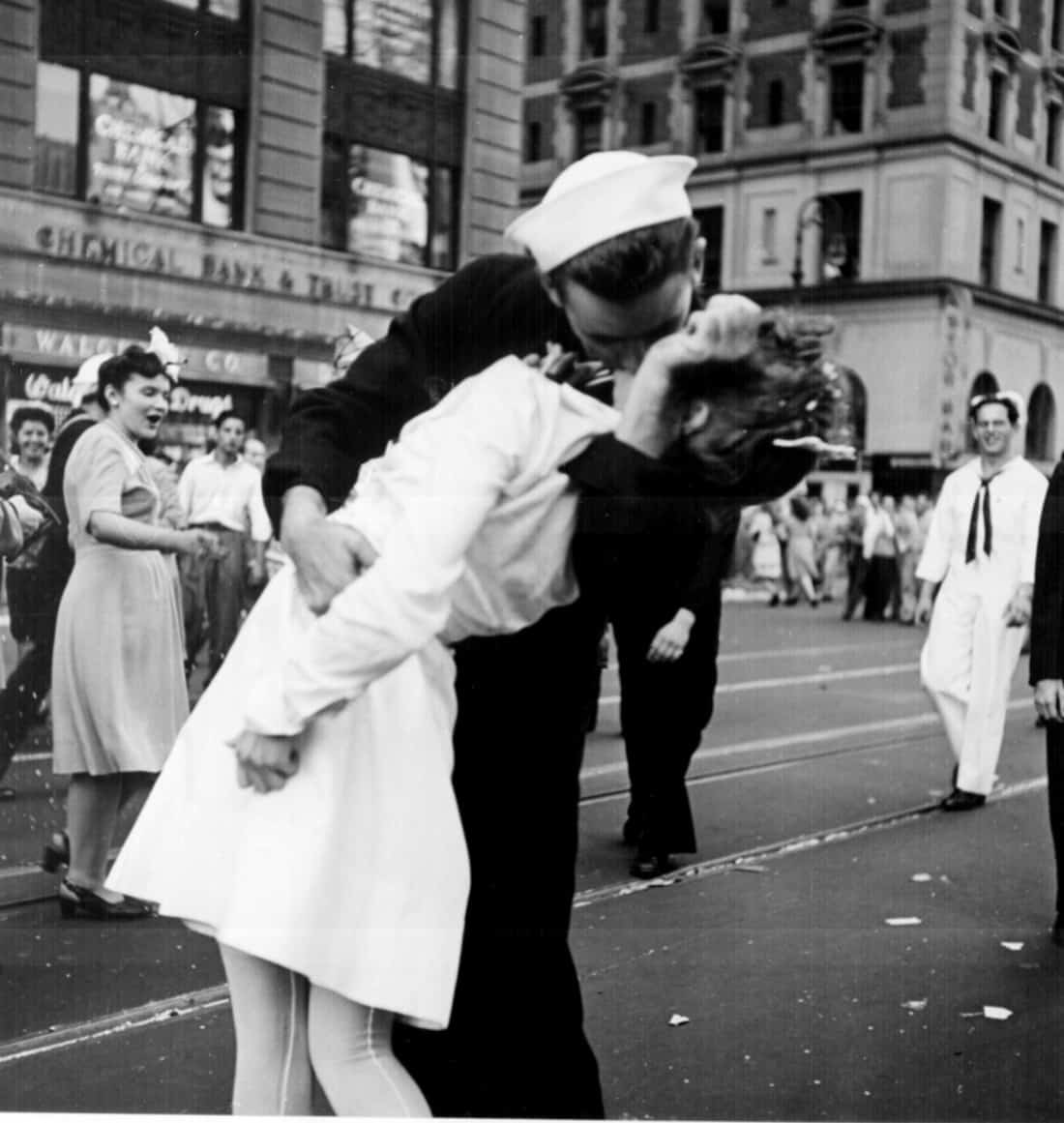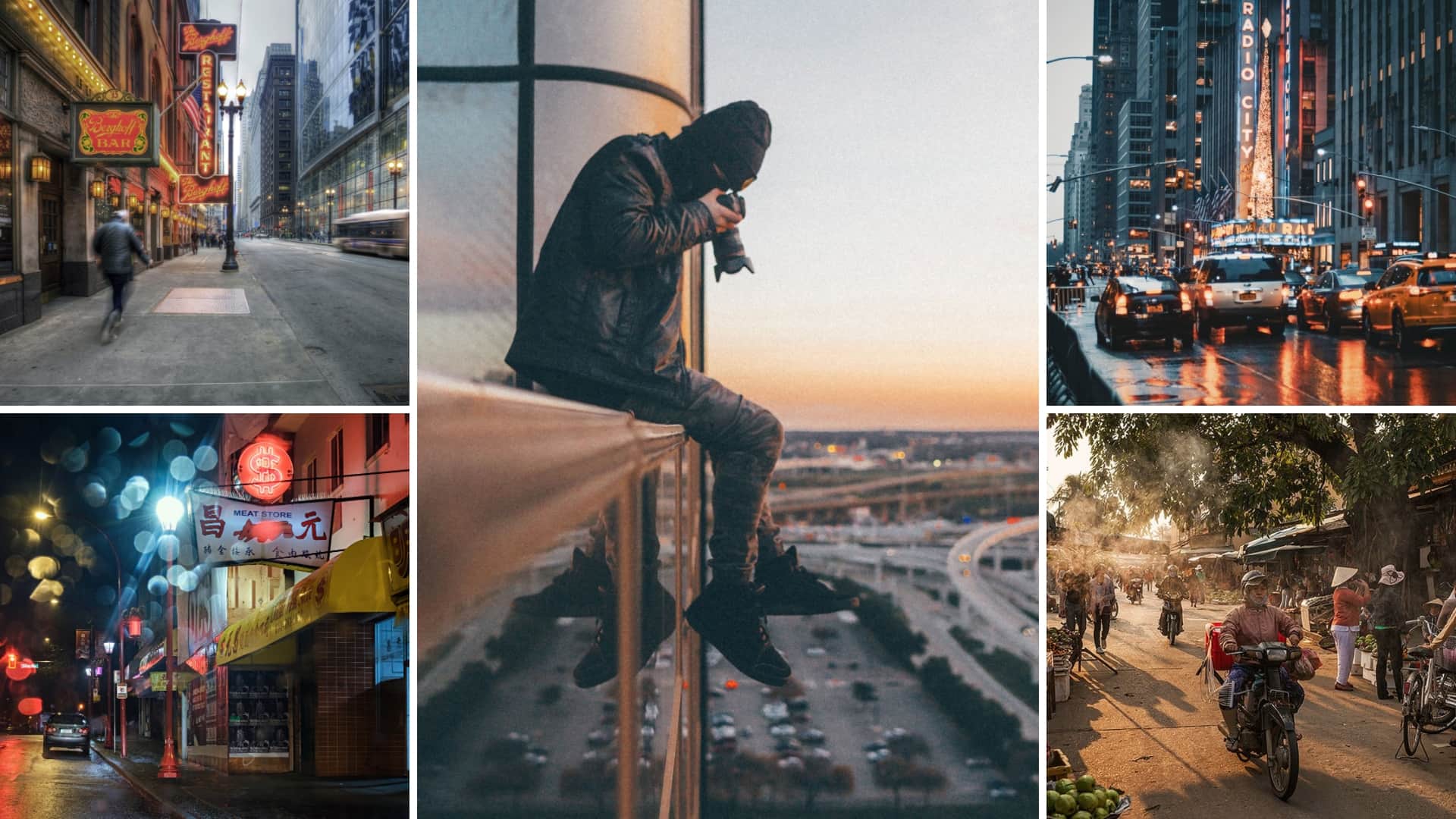Framing Streets for Beginners
Framing Streets for Beginners
Blog Article
What Does Framing Streets Do?
Table of ContentsThe Buzz on Framing StreetsFraming Streets - An OverviewLittle Known Questions About Framing Streets.Rumored Buzz on Framing StreetsThe Ultimate Guide To Framing StreetsNot known Factual Statements About Framing Streets
Photography category "Crufts Pet Program 1968" by Tony Ray-Jones Road photography (additionally occasionally called candid photography) is photography conducted for art or query that features unmediated opportunity experiences and random incidents within public areas, usually with the aim of recording photos at a crucial or emotional minute by mindful framework and timing. 
The Only Guide to Framing Streets
Susan Sontag, 1977 Road photography can concentrate on individuals and their behavior in public. In this respect, the road digital photographer is comparable to social docudrama digital photographers or photographers that likewise operate in public areas, yet with the aim of capturing newsworthy occasions. Any one of these professional photographers' photos might record individuals and residential property noticeable within or from public places, which often requires browsing moral problems and legislations of personal privacy, security, and residential property.
Representations of day-to-day public life create a style in virtually every duration of world art, starting in the pre-historic, Sumerian, Egyptian and early Buddhist art periods. Art managing the life of the road, whether within views of cityscapes, or as the dominant concept, shows up in the West in the canon of the Northern Renaissance, Baroque, Rococo, of Romanticism, Realism, Impressionism and Post-Impressionism.
Framing Streets Fundamentals Explained
Louis Daguerre: "Blvd du Temple" (1838 or 1839) In 1838 or 1839 the first photograph of numbers in the street was taped by Louis-Jacques-Mand Daguerre in one of a set of daguerreotype views extracted from his studio home window of the Boulevard du Holy place in Paris. The second, made at the height of the day, reveals an unpopulated stretch of road, while the other was taken at regarding 8:00 am, and as Beaumont Newhall reports, "The Blvd, so constantly full of a moving throng of pedestrians and carriages was flawlessly solitary, other than a person that was having his boots cleaned.
, who was motivated to undertake a similar documents of New York City. As the city created, Atget assisted to advertise Parisian visit here roads as a worthwhile topic for digital photography.

The Facts About Framing Streets Revealed
Martin is the initial taped professional photographer to do so in London with a disguised video camera. Mass-Observation was a social study organisation established in 1937 which aimed to record daily life in Britain and to tape-record the responses of the 'man-in-the-street' to King Edward VIII's abdication in 1936 to marry separation Wallis Simpson, and the sequence of George VI. The principal Mass-Observationists were anthropologist Tom Harrisson in Bolton and poet Charles Madge in London, and their first record was produced as guide "May the Twelfth: Mass-Observation Day-Surveys 1937 by over two hundred viewers" [] Window cleaner at Kottbusser Tor, Berlin, by Elsa Thiemann c. 1946 The post-war French Humanist College digital photographers discovered their topics on the road or in the diner. Between 1946 and 1957 Le Groupe des XV yearly displayed job of this kind. Andre Kertesz. Circus, Budapest, 19 May 1920 Road digital photography created the significant content of 2 exhibits at the Museum of Modern Art (Mo, MA) in New York curated by Edward Steichen, 5 French Professional Photographers: Brassai; Cartier-Bresson, Doisneau, Ronis, Izis in 1951 to 1952, and Post-war European Digital Photography in 1953, which exported the principle of road photography globally.

The smart Trick of Framing Streets That Nobody is Talking About
, after that an instructor of young youngsters, associated with Evans in 193839.'s 1958 book,, was considerable; raw and frequently out of emphasis, Frank's pictures examined mainstream photography of the time, "challenged all the official regulations laid down by Henri Cartier-Bresson and Walker Evans" and "flew in the face of the wholesome pictorialism and heartfelt photojournalism of American publications like LIFE and Time".
Report this page